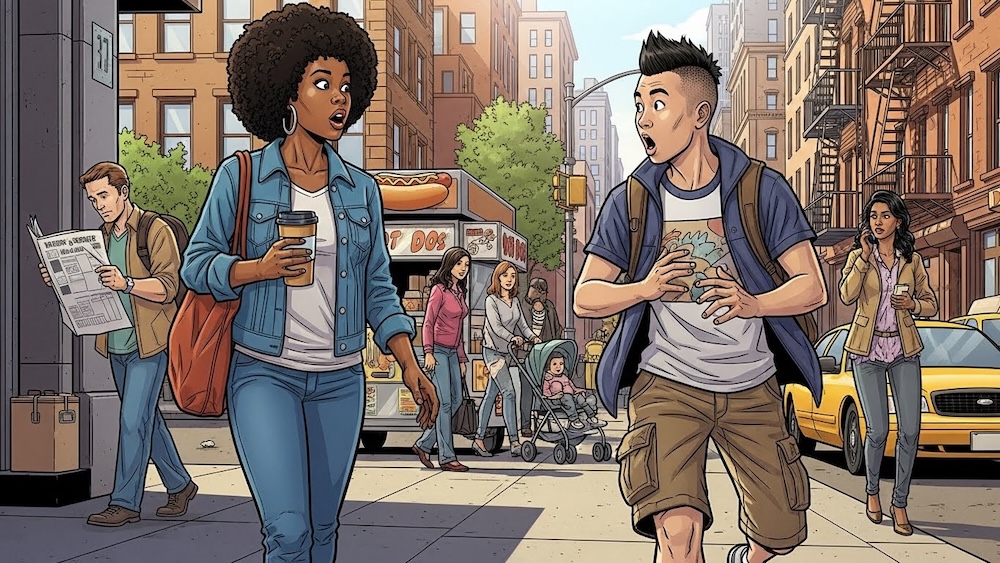Here’s a quick background of me with cameras, before I dive into me with cameras with stak.
I fell into photography while walking the Shikoku Pilgrimage in 2015, when I first came to Japan.

With decently average pictures like these:

And beautifully edited pictures like these (puke):

Knowing nothing about photography and out of 1000% curiosity, I would just flick the settings around on the iPhone 4 Photo editor and make some changes that to my untrained eye looked cool. In hindsight, I now look at this as the best way to learn anything, and it was exactly the way I learned Japanese. So long as the curiosity, the sense of joy is there, just throw yourself at it and make as many mistakes as possible.
I then spent the next few years taking pictures like this with said iPhone:




Then I realized I wasn’t just having fun taking pictures, but they were actually getting good, so I got a camera and dove into that:






And then I got into it as part of my career, along with videography.
You can read more about Sounds of Japan, Bike Tour Japan, or some of my other freelance stuff on my profile, but this post is going to be about diving into something new to me entirely: marketing and product photography.
There are so many facets to what looks good to our eyes.
The fine tuning of light and color, and the artful choosing of subject and atmosphere.
There are rules that should be followed, and those that might be better broken. There are relatively concrete, mechanical concepts, and more flexible, artistic routes to be taken. This holds true with language, and any artform in my eyes. Any guides you read are not the truth, just boats that get you floating down the river.
So that leads me to where I am now. After doing so much of the freeform, travel style, street and documentary and action style work with a camera… how do I transition into the carefully calculated form of product photography?
Here are the problems I’m running into,
or one might say,
the things I am learning.
Shooting at Home

Work with what you have. Again, the same as learning a language.
First of all, it’s very difficult to find a place in one’s home that has the right balance of looking lived in, but not looking lived in by you.
And if you want to do product photography, not just social media kind of stuff, you need a space ready for that.
So, you have to create it. I had to. Plus, due to the coronavirus situation and all, I’m stuck at my parents house which is, for better or worse, full of stuff.


This is my second week of shooting. Not a bad set up at this point.
Here’s what got me here:
• Noticing the walls are not white and are messy. Okay. Walls can’t be backgrounds.
• Got colored construction paper as backgrounds.
• Collected all lamps and lightbulbs
• Wrapped paper towels with rubber bands on lamps for softer lights (softer shadows)
• Found a table so I wouldn’t be crunched on the floor
• Started duct taping construction paper on the wall then realized I only get one shot with that.
• Fill the empty stak cans with coins so they had some weight to them.
• Use coffee beans to stop the cans and stak from rolling around.
• Put thumbtacks into the wall at the right distance so I could swap out different colors for backgrounds.
• Realized that I would still end up with a hard line in the middle of the background of the picture
• Created a sweep out of a white sheet which isn’t quite long enough for the table.
• Stack Harry Potter hardcover books up to prop my light at a different angle.
• Found a massive sheet of cardboard which I can use to block any glare in the room.
Here’s what I learned:
Creativity is good, but with product photos, complete control over every aspect of the shot is vital.
Most of the artistic choice comes in setting up the shot, rather than in taking it or editing it (completely different from the photography I’ve done up till now, be it videography, street, travel, etc.)
Light is so very important. Light is everything. For that you need control. I now understand why studios are kept dark and why purchasing lighting equipment is worthwhile.
Just compare these two pictures and the shadows of the subjects.


Neither of these are ‘good.’
What does that mean?
It means you don’t want to look at them by virtue of the way they look.
In the second one at least the subject (what I want you to see) is bright, but the shape of the lighting and shadow over all is just weird. The shadow’s subject is sharp and demanding. There is a vignette on only the right side. The bottom left is brighter than the product itself. The product itself is not evenly lit.
It’s actually been fascinating learning what an art it is to just put a light in the exact right position. The positioning of this lamp can completely remove shadows from the picture.


Anyways. This is just the beginning. I’ve found another series I’d love to share with you all as I go, so come along for the ride!
Here’s the last picture I worked on: a sample for the website we are working on currently.
First attempt at composition.

Plant too big. The Amazon echo is supposed to be the subject. Box helps make it bigger.

Unedited.

First take. Little too bright, little too orange, bottom is too black, stak’s too white.

Second attempt at an edit – a little too grey, blacks are sad.

Final edit – getting a better hang of it all, but no where near satisfied.
This is the good stuff.
See you next week.







